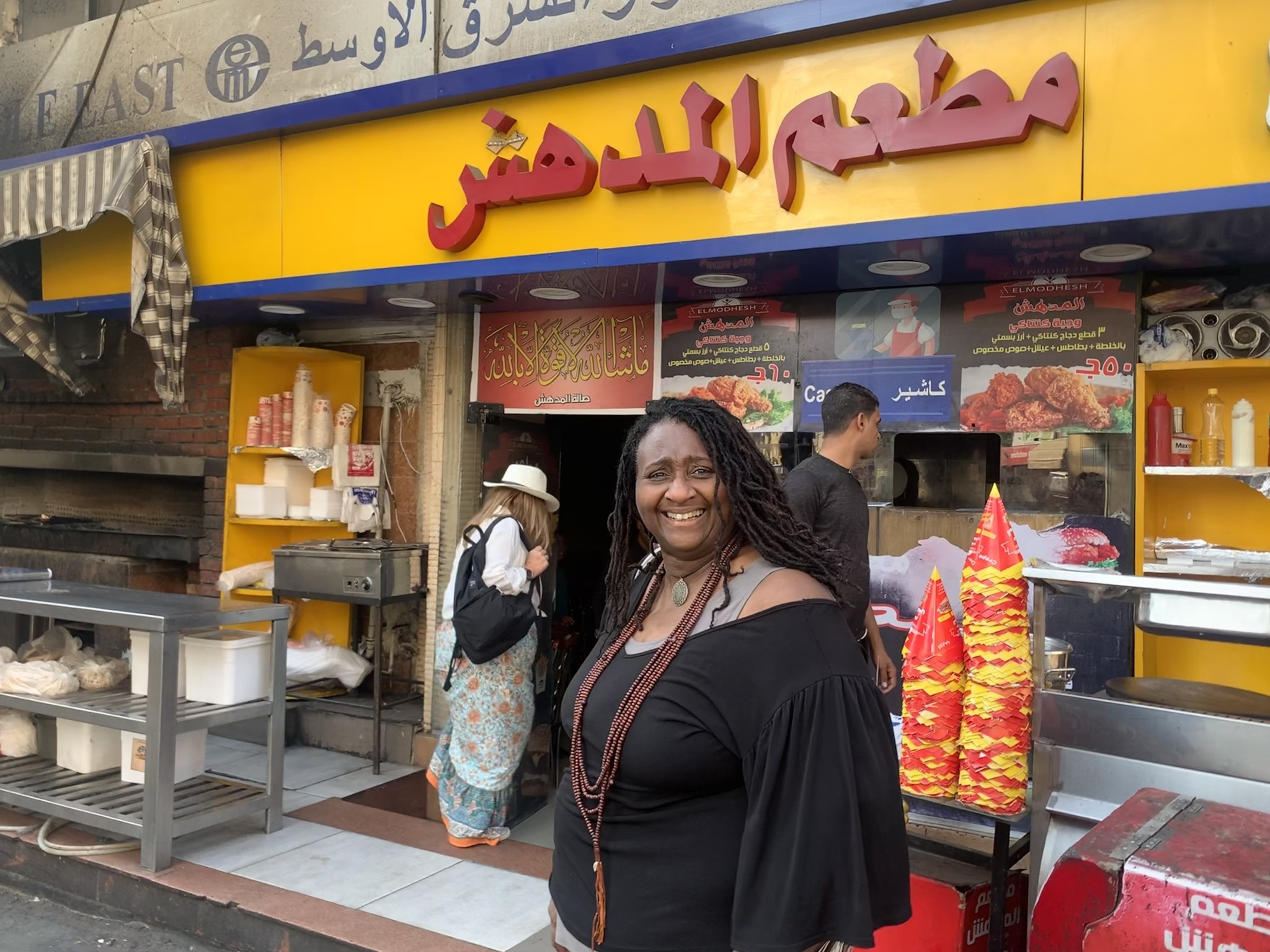There’s more to Luxor than temples and tombs. Explore what daily life is really like in the modern city—from street cafés and schoolchildren to weddings by the Nile and farmers tending fields near pharaonic ruins.

Historical Background
Luxor, ancient Thebes, was once the religious capital of Egypt—home to powerful priests and divine kings. But the story didn’t stop there. Over thousands of years, Thebes became Luxor, and its people adapted temples into neighborhoods, tombs into sacred memory, and fields into fertile farmland fed by the Nile.
Today, Luxor is home to more than half a million people, a bustling blend of history and modernity. It’s where ancient walls back up to satellite dishes, and donkeys share the road with motorcycles.
Cultural Significance
Modern Luxor is a city of contrast and coexistence. Children walk to school past the Avenue of Sphinxes. Families picnic near pylons that once welcomed pharaohs. Cafés play music beside hieroglyph-covered stone. For tourists, this harmony of past and present is deeply moving—and a reminder that Luxor is not just an open-air museum, but a living, breathing community.
Must-See Aspects of Local Life
🧺 Morning Markets & Street Life
-
Visit local produce stands, bakeries, and herbal shops
-
Watch schoolchildren in uniform walking past banana vendors and taxis
-
Observe women baking bread in traditional outdoor clay ovens
🚲 Evening Nile Walks & River Life
-
Couples and families stroll the Corniche at sunset
-
Fishermen cast nets while feluccas glide by
-
Riverbanks buzz with small talk, tea drinking, and sunset selfies
🎉 Weddings, Cafés, and Celebrations
-
Street weddings with flashing lights and loud music are common
-
Traditional cafés serve tea, shisha, and local gossip
-
Friday is a community day—expect prayers, family gatherings, and shared meals
Visitor Information
📍 Location & Access:
East Bank is more urban and commercial, with hotels, markets, and cafés. The West Bank is quieter and more rural, offering glimpses of farming life and traditional homes.
🎟️ Ticket Information:
Local life is free to experience! Just walk, observe, and if you join a cultural tour, tips are appreciated.
🕒 Best Time to Visit:
Late afternoon or early evening for authentic market life and cool walks by the Nile.
Unique Experiences
Photography Tip:
Look for contrasts—school kids next to ancient ruins, laundry lines across mudbrick homes, or satellite dishes on homes beside temples. Ask permission before taking portraits.
✅ Quick Facts Box
📍 Location: East & West Banks of Luxor
🕒 Best Time to Visit:** Late afternoon into early evening
🏛 Pair With: Market tour, felucca ride, or local food tasting tour
Conclusion
Modern-day Luxor is where everyday people live beside the eternal. If you want to truly know Egypt, step beyond the monuments and meet the heartbeat of the city.
Ready to Explore?
Book your “Luxor Like a Local” Cultural Experience with Luxor Booking Tours and witness where ancient meets everyday.
Links & Further Reading
✈️ Want to see Luxor through a different lens? Read our blog on A Day at the Market.
🌐 For cultural etiquette tips: Visit Egyptian Tourism Authority – Local Life Guide
Author’s Note
"I live here—and I still catch my breath when I see kids biking past a 3,000-year-old temple. Luxor doesn’t just preserve history, it lives alongside it. Come see it for yourself."